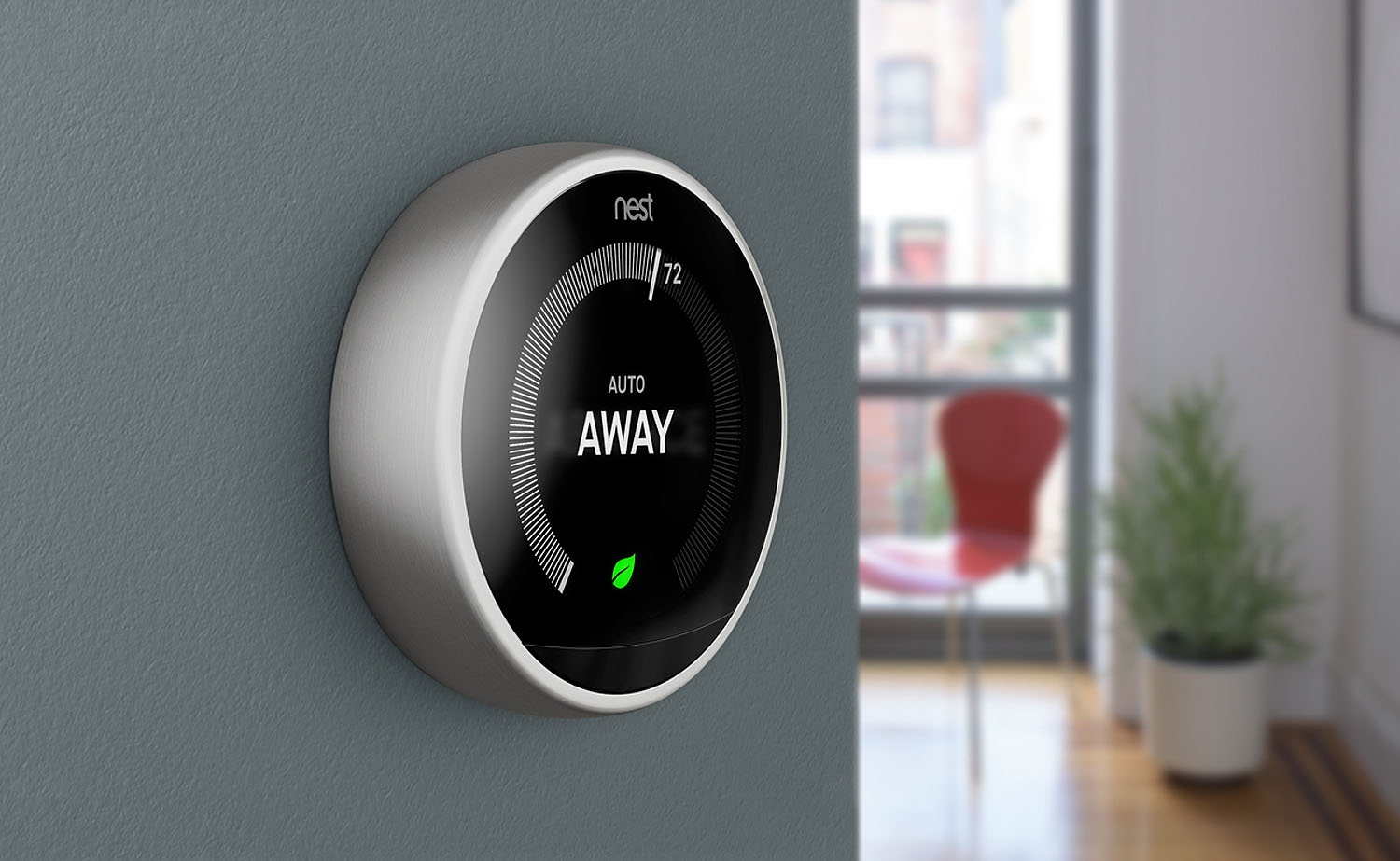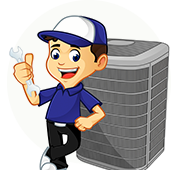
When you research HVAC tips for saving more money, the first thing you’ll see from many HVAC sites is the advice to invest in a new, more efficient system. While they do have a point that you can accumulate more savings in the long-run, the reality for many is that a few thousand dollars aren’t just lying around to replace the units unless it’s absolutely necessary. You wouldn’t be researching it in the first place if that was an easy option for you. So, what can you do to in the meantime to keep your HVAC costs down?
Here’s a few tips on how to manage and maintain your system that are feasible, and within your non-emergency home budget:
Replace your air filters – One of the easiest ways that you can keep optimal performance of your HVAC system is to regularly replace air filters. Keeping the airflow unobstructed with clean filters not only leads to greater efficiency, it’s also healthier. No one wants air circulating through the home that has passed through a dusty, dirty old filter. This is something that you as the homeowner can easily perform yourself, with lots of tutorials available on YouTube.
Invest in a modern thermostat – Technology in HVAC can bring you convenience and savings as you now have the option to control the temperature of your home while you’re still at the office by using your smartphone. Thermostats like those offered by nest allow you to program temperatures to your schedule, and even to specific rooms. Today’s modern thermostats can even “learn” your routine and can be set to automatically increase and decrease temperatures accordingly. This is a moderate investment that can save energy and thus, provide you with savings.
Mindfully place your thermostat – If you’ve invested in a modern thermostat, make sure you’re not doing anything to prevent it from operating properly. After all, the thermostat is the “brain” of your HVAC system, and it reads the temperature of the air in its immediate vicinity. So, the sample it collects needs to be representative of the air in that room, and should be placed accordingly. For instance, having your thermostat too close to a lamp, television, or any device emanating heat will disrupt how the thermostat reads the temperature of your home and inevitably keep things cooler than you’d like. Alternatively, it should not be placed near a drafty window or door, which will signal the system to produce more heat when it’s not needed. Mounted on an inside wall, thermostats should usually be placed four-five feet from the floor in rooms with average ceiling height, and slightly higher when ceilings are taller. They should be at least 16 inches from any corner with an adjoining wall.
Protect your outdoor HVAC unit – Providing your unit(s) with shade from the sun can keep it operating more efficiently and save energy. This can be accomplishing with an awning or more natural solutions like a tree; however, it should be noted that any loose shrubbery that gets into the system can lead to permanent damage. So be careful.
Remember your fans on hot days – Heat rises, so on the hottest summer days you’ll notice your second floor needs some extra help to stay cool. Instead of cranking up the A/C by dropping the temperature on your thermostat, try to move some of that air with fans first. By increasing the air circulation with ceiling fans (or even standing fans), you can help move some of that hot air and replace it with cool air produced by your system.
Check your vents – It may seem obvious, but often times homeowners don’t realize their vents have been closed. Whether it’s for cleaning, or the work of a curious toddler, vents are sometimes unknowingly closed, preventing the warm or cool air from sufficiently filing the room.
In the event that none of these tips seem to be helping your home reach the right temperature, you can call a technician to help. There may be an issue within your HVAC system that needs repair, and in some cases, units do need to be replaced. If you’re looking for a Raleigh HVAC contractor to serve your home, give us a call to see how we can help!

